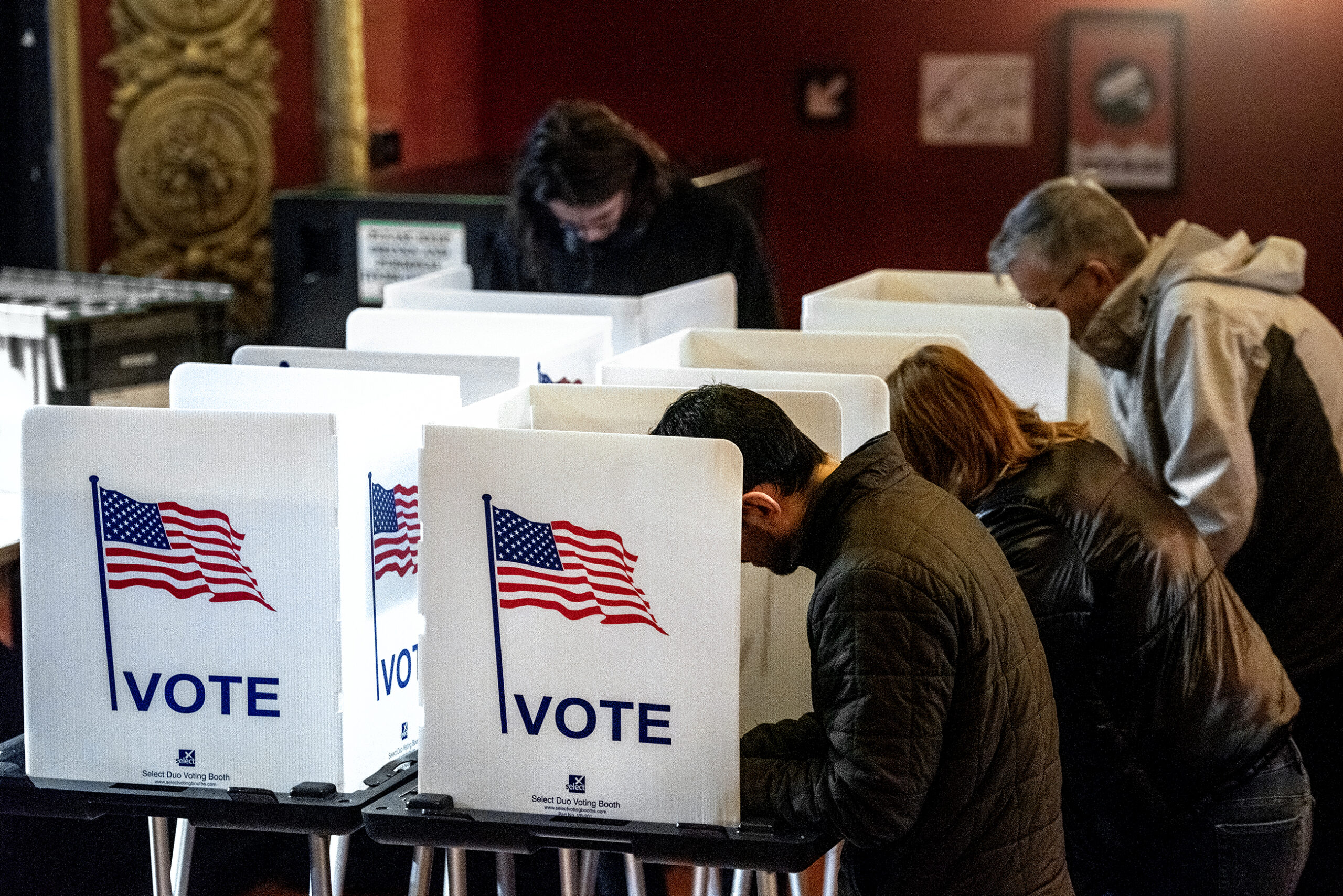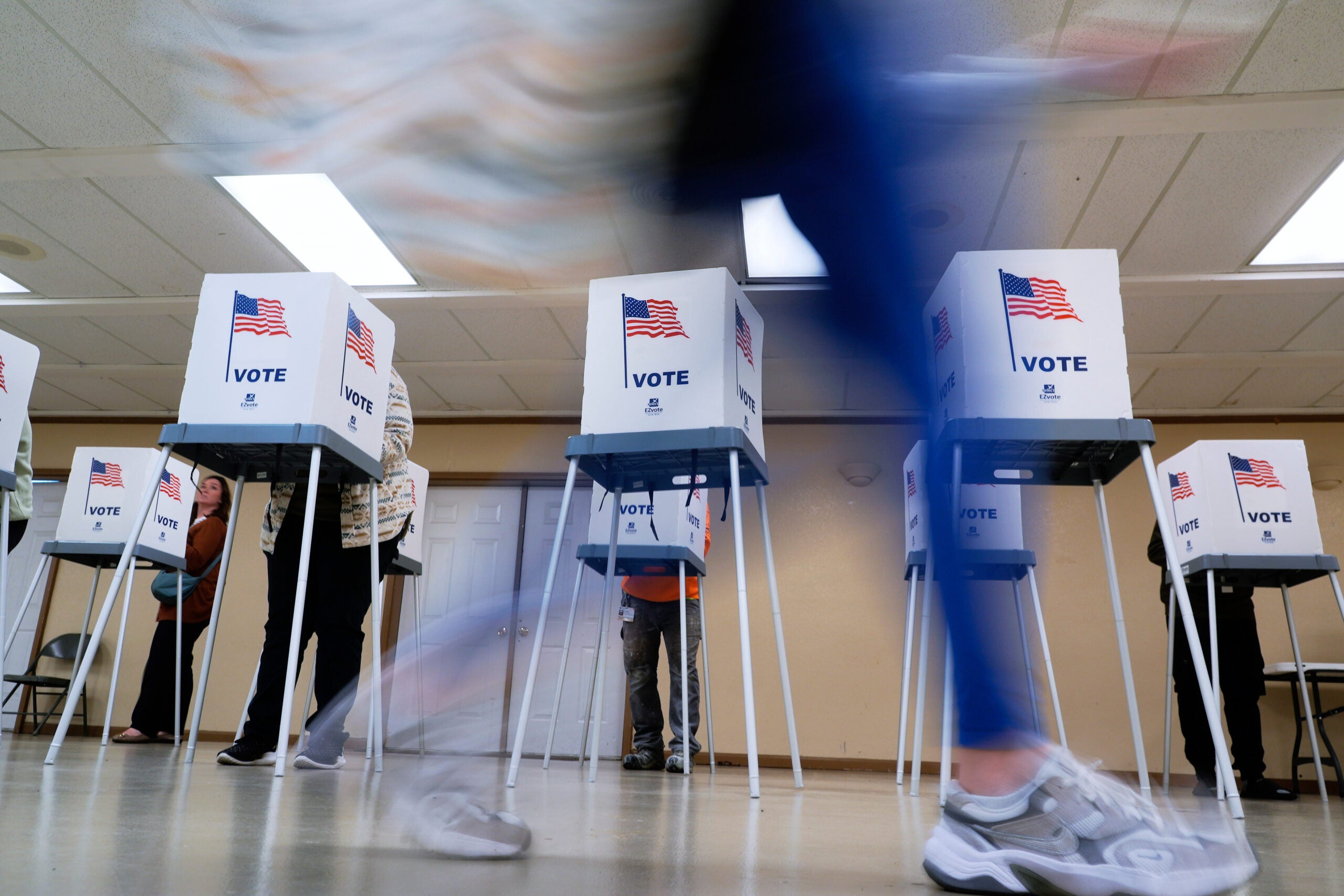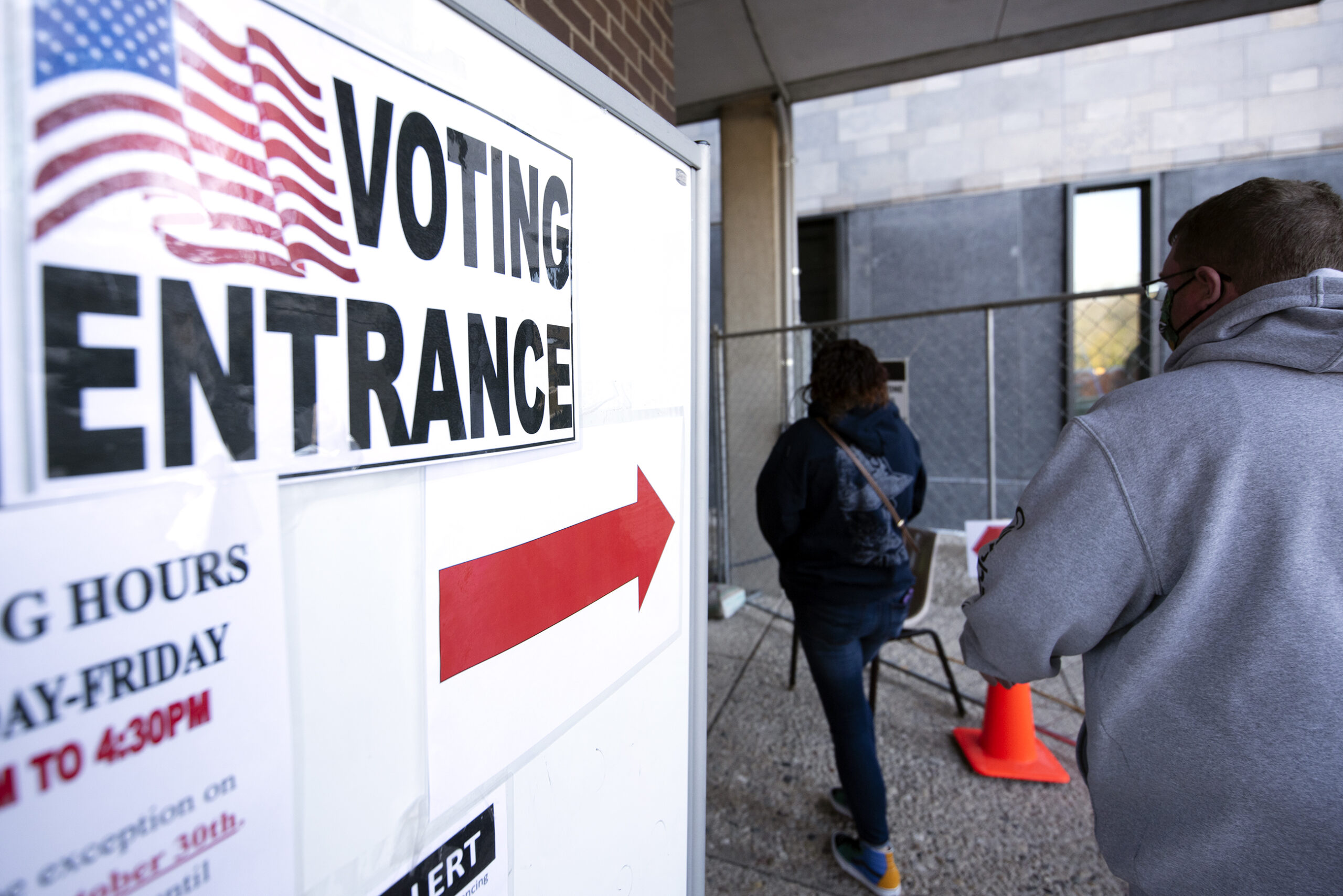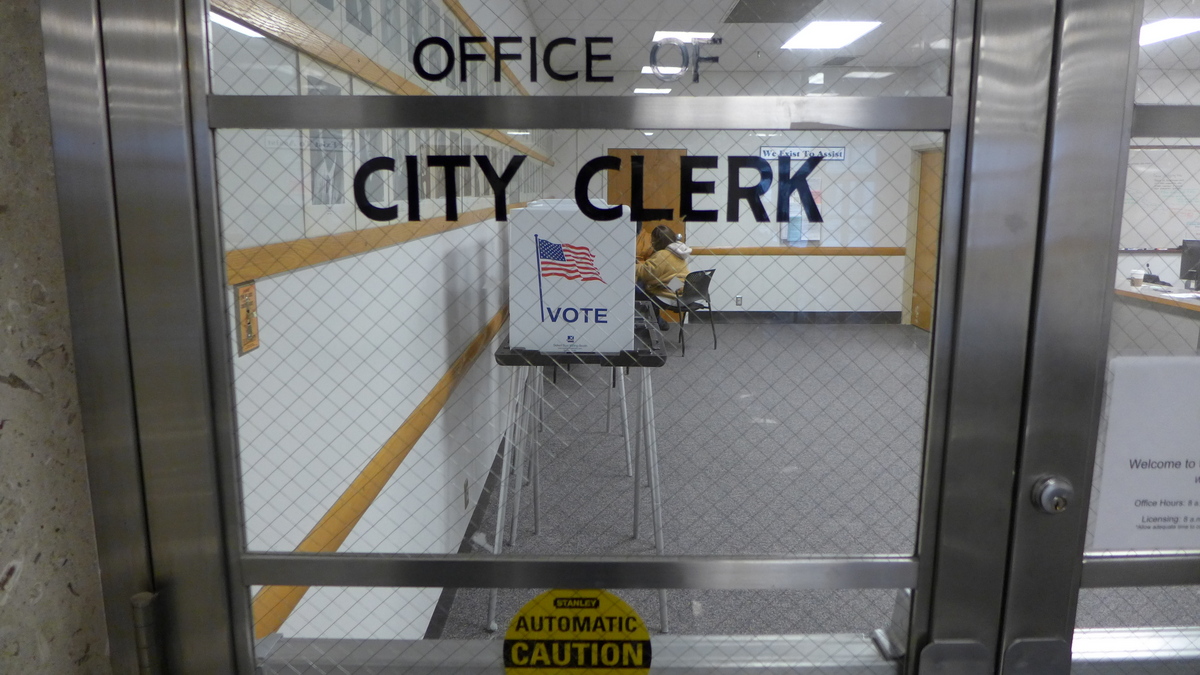Milwaukee’s top election official is planning to order one ballot per registered voter for future spring elections after some polling sites in the city ran short during the April election.
Nine polling sites in Milwaukee ran out of ballots before polls closed on April 1, while 69 of the city’s 180 polling sites experienced ballot shortages. Milwaukee Alder Milele Coggs said she and other alders were getting calls from voters on election day about problems they were facing at the polls.
“We were all trying to figure out, you know, what was going on,” Coggs said during a Thursday meeting of the Milwaukee Judiciary and Legislation Committee.
News with a little more humanity
WPR’s “Wisconsin Today” newsletter keeps you connected to the state you love without feeling overwhelmed. No paywall. No agenda. No corporate filter.
In a statement, Milwaukee Alders Andrea Pratt, Mark Chambers, Sharlen Moore and Coggs said they wanted to learn more about the shortage.
“We knew about this election for several months and we knew it would be a high interest election, so why didn’t we have enough ballots?” the statement said.
The ballot shortage was the second major voting mishap in the city during the past two high-turnout elections. A sealing error in the vote tabulation machines at the city’s central count facility led to a delay in results during the presidential election in November.

Paulina Gutiérrez, the executive director of the Milwaukee Election Commission, said higher-than-expected voter turnout was part of the issue in April. Voters were deciding on a Wisconsin Supreme Court race that set the ideological balance of the court, a contest that drew international attention and floods of money from outside donors like Elon Musk. More than $100 million was spent on the campaigns, more than any other judicial race in U.S. history.
Milwaukee saw 38 percent voter turnout during the 2023 Wisconsin Supreme Court race, Gutiérrez said. She said they were planning for 45 percent voter turnout in April.
Instead, voter turnout was nearly 50 percent in Milwaukee for the election.
“A nearly 50 percent turnout for a spring election is record-breaking,” Gutiérrez said Thursday.
Gutiérrez said they ordered additional ballots when the Wisconsin Supreme Court race started to break spending records.
Milwaukee is the only city in Wisconsin that is allowed to print its own ballots in-house. Gutiérrez said the city printed about 5,000 additional ballots before election day, a process that took “several days.”
But that wasn’t enough.
“We did have voters that unfortunately had to wait long hours to cast their ballot,” said Maricha Harris, the deputy director of the Milwaukee Election Commission.
Gutiérrez, who called the shortage a “crisis,” told the committee she wasn’t aware of any reports of voters leaving the polling site and not voting because of the problem.
“That doesn’t make no sense, actually,” Milwaukee Alder Bob Bauman responded. “That’s inherently unbelievable.”
When she was pressed by Bauman, Gutiérrez said that some voters could have, “got frustrated and may have walked away, right.”
“It is a big problem, and that’s why we can’t let this happen again,” Gutiérrez said.
In response to the mishap, Gutiérrez said the Milwaukee Election Commission is moving forward with a one-to-one ballot order — or ordering one ballot for each registered voter in the city — for future spring elections.
“We are significantly increasing the number of ballots we order because it’s just the right thing to do,” Gutiérrez said. “Now, every voter has a ballot for them. They can come and vote in a spring election knowing that they have a ballot.”
Joel DeSpain, communications specialist with the Wisconsin Elections Commission, said municipalities are not required to report ballot shortages to the commission.
However, in an email, he said administrators with the commission indicated, “Milwaukee was the primary location that needed to have additional ballots printed but also [the commission believes] a few smaller municipalities ran low and needed more ballots printed on Election Day.”
Gutiérrez said she also wants to place more ExpressVote machines at polling sites in the city. Those machines are mainly used during early voting, but every polling site in Milwaukee has the machine.
“It actually sometimes goes faster than a paper ballot,” Gutiérrez said about the electronic ballot-marking device that prints off the ballot. “And so other jurisdictions use them on the regular, and we want people to use them.”

Wisconsin Public Radio, © Copyright 2025, Board of Regents of the University of Wisconsin System and Wisconsin Educational Communications Board.







